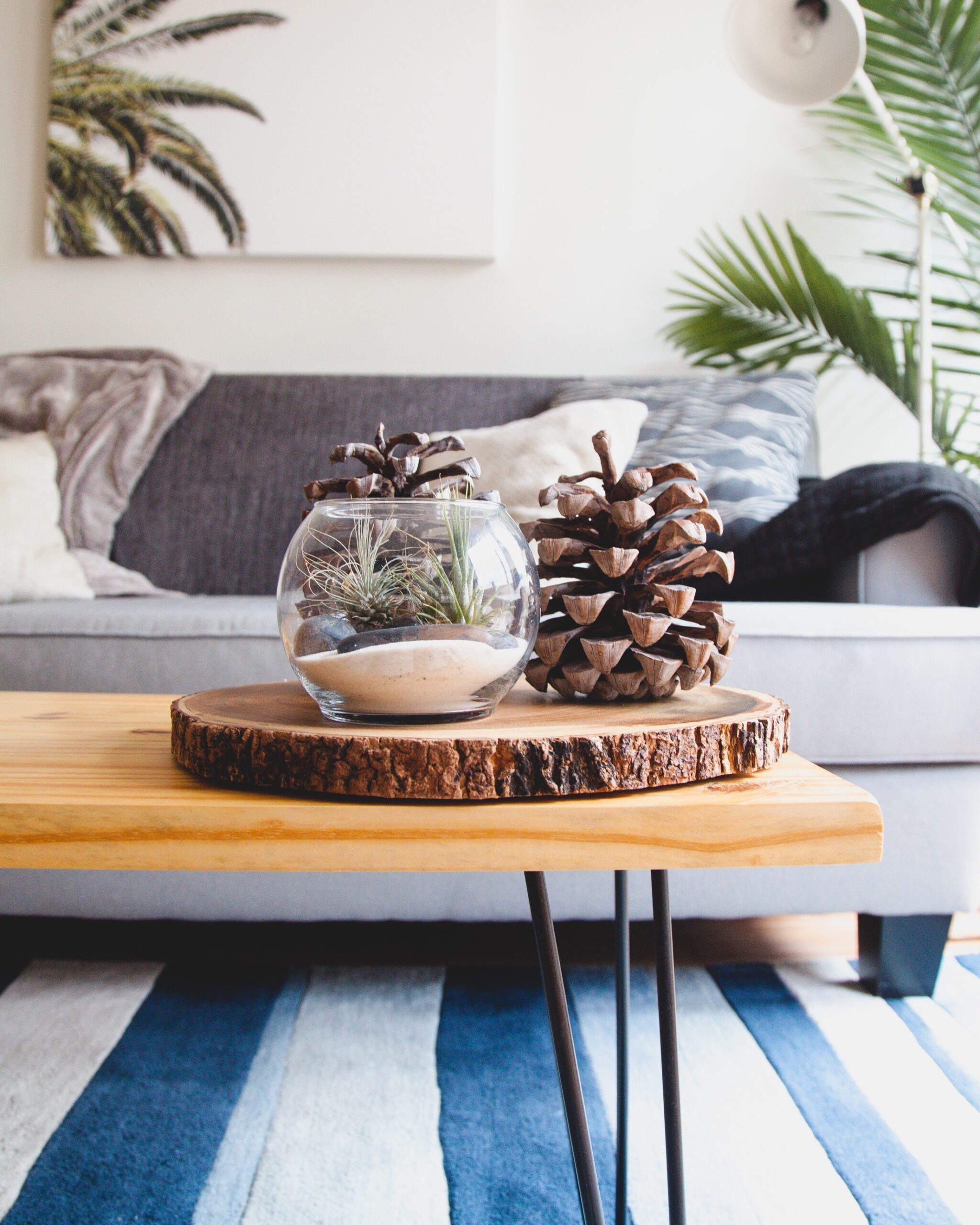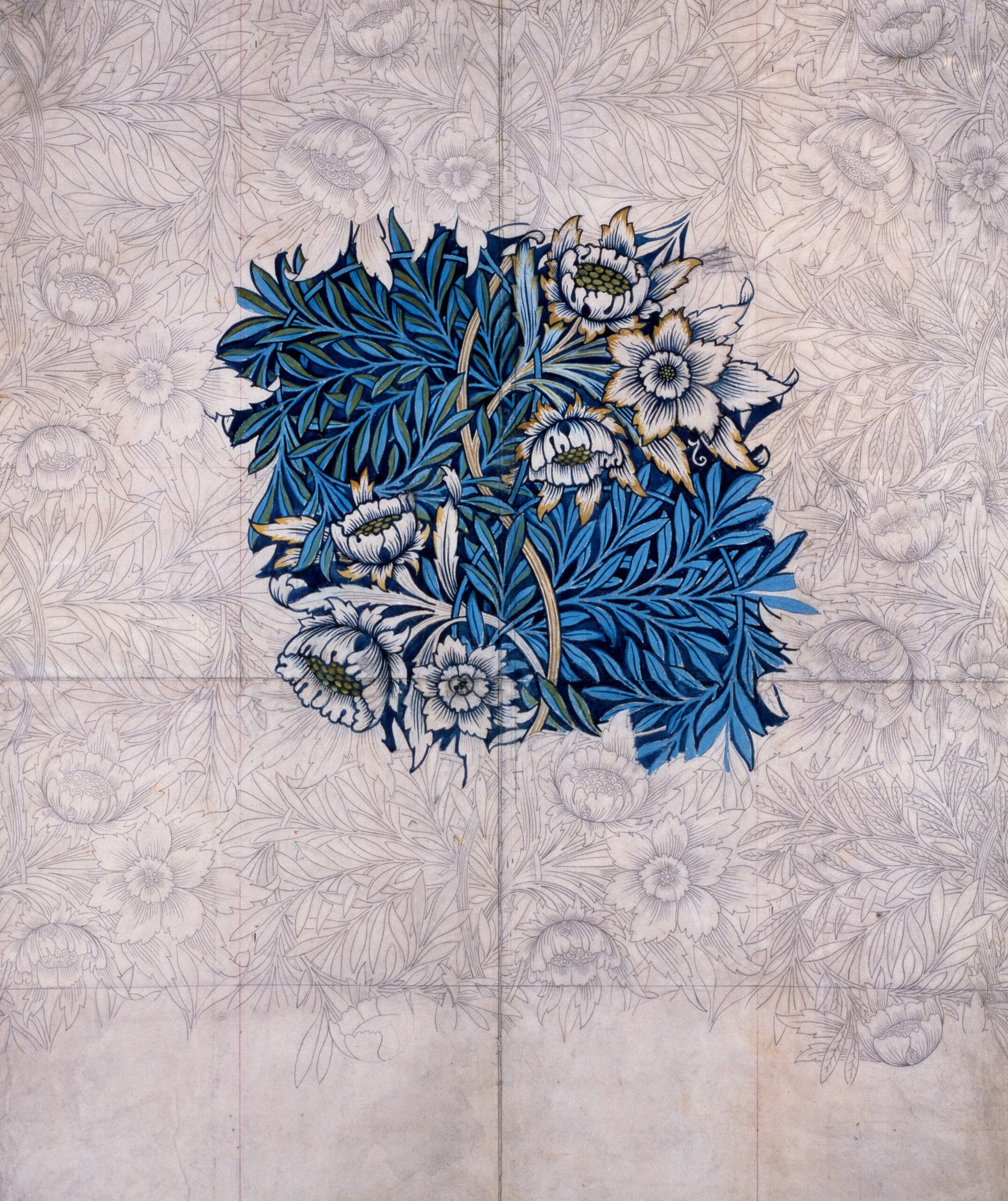In the world of interior design, grout plays an essential role in the overall aesthetics of tiled surfaces. However, over time, grout can become discolored or show signs of wear and tear, leaving homeowners wondering if they can paint grout with acrylic paint to refresh its appearance. This article explores this very question, delving into the possibilities and limitations of using acrylic paint on grout surfaces. Whether you’re seeking a budget-friendly solution or aiming to unleash your creativity, understanding the potential of painting grout with acrylic paint can open up a world of possibilities for your home.

What is acrylic paint?
acrylic paint is a type of paint that is made with a water-soluble base and contains pigment particles suspended in an acrylic polymer emulsion. It is known for its versatility, as it can be used on a variety of surfaces, including canvas, wood, metal, and even grout. Acrylic paint dries quickly, produces vibrant colors, and offers excellent durability, making it a popular choice among artists and DIY enthusiasts.
Definition
Acrylic paint is a water-based paint that contains acrylic polymer emulsion as its binding agent. This type of paint is known for its ability to dry quickly and form a flexible and durable surface once dry. Acrylic paint is available in a wide range of colors and can be used for various artistic and decorative applications.
Characteristics
Acrylic paint offers several characteristics that make it a preferred choice for many applications. Some of these characteristics include:
-
Quick drying: Acrylic paint dries rapidly, allowing artists and DIYers to work efficiently and layer colors without waiting for extended periods.
-
Vibrant colors: Acrylic paint is known for its intense and vibrant colors. The pigments in acrylic paint are finely ground, resulting in a smooth and consistent color application.
-
Flexibility and durability: Once dry, acrylic paint forms a flexible and durable surface that is resistant to cracking and flaking. This makes it suitable for use on various surfaces, including grout.
-
Water-soluble: Being water-based, acrylic paint can be easily diluted or cleaned up with water. This makes it convenient to work with and allows for easy blending of colors.
Common uses
Acrylic paint has a wide range of applications and is used in various fields. Some common uses of acrylic paint include:
-
Artistic purposes: Acrylic paint is a popular choice among artists for painting on canvas, paper, and other surfaces. It is used in various forms of art, such as acrylic painting, mixed media art, and abstract art.
-
Home decoration: Acrylic paint can be used to add color and texture to walls, furniture, and other interior surfaces. It allows homeowners to customize their living spaces and create unique designs.
-
Crafts and DIY projects: Acrylic paint is widely used in crafts and DIY projects due to its versatility and ease of use. It can be used to decorate wood, ceramics, fabrics, and other materials.
-
Grout painting: One of the lesser-known uses of acrylic paint is painting grout. By applying acrylic paint to grout lines, it is possible to enhance the appearance of tiled surfaces and give them a fresh, new look.
Understanding grout
Grout is a material that is used to fill the gaps between tiles, providing support and preventing water and debris from seeping underneath. It is typically made from a mixture of cement, sand, and water. Grout plays a crucial role in maintaining the integrity and stability of tiled surfaces.
Definition
Grout is a cementitious material that is used to fill the gaps between tiles. It is mixed with water to form a thick paste-like consistency that can be easily applied to the tiled surface. Grout acts as a filler, providing stability and support to the tiles while also preventing moisture from penetrating the gaps.
Purpose
The primary purpose of grout is to fill the gaps between tiles and create a uniform, cohesive surface. It helps to support the tiles, prevent movement, and ensure their proper alignment. Grout also serves as a protective barrier, preventing water, dirt, and other substances from seeping into the gaps and causing damage.
Types of grout
There are several types of grout available, each with its own unique properties and recommended uses. The three main types of grout are:
-
Cement-based grout: This is the most common type of grout and is made from a mixture of cement, sand, and water. It is available in various colors and can be used for both interior and exterior applications. Cement-based grout requires sealing to prevent staining and is susceptible to cracking and discoloration over time.
-
Epoxy grout: Epoxy grout is a highly durable and waterproof grout that is resistant to stains and chemicals. It is made from epoxy resins and a hardener, resulting in a strong and long-lasting finish. Epoxy grout is often used in high-moisture areas such as bathrooms and kitchens.
-
Urethane grout: Urethane grout is a newer type of grout that offers enhanced flexibility and stain resistance compared to cement-based grout. It is made from a combination of urethane resins, polymers, and additives. Urethane grout is suitable for both interior and exterior applications and does not require sealing.
Can acrylic paint be used on grout?
While acrylic paint is primarily used for artistic purposes, it can indeed be used to paint grout. However, there are certain challenges and considerations that need to be taken into account before attempting to paint grout with acrylic paint.
Challenges
Painting grout with acrylic paint presents a few challenges. Firstly, grout is porous and absorbs moisture, which can affect the adhesion and durability of the paint. Additionally, grout lines are typically narrow, making it difficult to apply the paint evenly and avoid getting it on the adjacent tiles. Lastly, acrylic paint may not adhere well to unprepared grout surfaces, leading to issues such as peeling or flaking.
Preparation
Proper preparation is crucial when painting grout with acrylic paint. Before painting, the grout surface needs to be thoroughly cleaned to remove any dirt, grease, or existing coatings. This can be done using a suitable grout cleaner and a scrub brush. Any damaged or cracked grout should be repaired, and the entire surface should be sanded lightly to create a rough texture that will promote paint adhesion.
Application
When applying acrylic paint to grout, it is essential to use thin layers and apply multiple coats if necessary. This helps to ensure an even and smooth finish while minimizing the risk of the paint pooling or running. It is important to use a high-quality brush or foam roller specifically designed for acrylic paint application to achieve the best results. Additionally, care should be taken to avoid painting over the tiles themselves, as removing acrylic paint from smooth tile surfaces can be challenging.
Benefits of painting grout with acrylic paint
Painting grout with Acrylic paint can offer several benefits, both in terms of appearance and functionality. Some of the benefits include:
Enhanced appearance
One of the main advantages of painting grout with acrylic paint is the ability to enhance the overall appearance of tiled surfaces. By choosing a color that complements or contrasts with the tiles, it is possible to create a visually interesting and cohesive look. Painting grout can help to unify the tiles and create a seamless appearance, especially if the grout color has faded or become discolored over time.
Increased durability
Acrylic paint forms a protective layer over the grout, increasing its resistance to wear, staining, and damage. It creates a barrier that helps to prevent moisture, dirt, and grime from penetrating the grout lines, leading to better overall durability. This can be especially beneficial in high-traffic areas such as kitchens and bathrooms, where grout is exposed to constant use and potential spills.
Easy maintenance
Painted grout surfaces are generally easier to clean and maintain compared to unsealed grout. The smooth and non-porous nature of acrylic paint makes it more resistant to staining, mold, and mildew growth. Regular cleaning can be done using a mild detergent or grout cleaner and a soft brush or sponge. By sealing the painted grout, maintenance can be further simplified, as the sealer provides an additional layer of protection.

Choosing the right acrylic paint
When considering painting grout, it is essential to choose the right acrylic paint for the job. Several factors should be taken into account:
Water-based vs. solvent-based
Acrylic paint is available in both water-based and solvent-based formulations. Water-based acrylic paint is more common and easier to work with, as it dries quickly, has less odor, and can be easily cleaned up with water. Solvent-based acrylic paint, on the other hand, provides a more durable finish but requires proper ventilation due to its strong fumes.
Color selection
When selecting the color of acrylic paint, consider the overall look and style you want to achieve. It is advisable to choose a color that complements the tiles and the surrounding decor. Samples can be tested on a small section of grout to determine the desired color and ensure it matches the overall aesthetic.
Quality and brand
Choosing a high-quality acrylic paint is crucial for achieving a satisfactory result. Lower-quality paints may not adhere well to grout surfaces or may require multiple coats for adequate coverage. It is recommended to choose a reputable brand known for its quality acrylic paints to ensure optimal adhesion, color intensity, and longevity.
Preparing the grout surface
To ensure a successful paint job, proper preparation of the grout surface is essential. The following steps should be followed:
Cleaning the grout
Before painting, thoroughly clean the grout using a suitable grout cleaner and a scrub brush. This will help remove any dirt, grime, and grease that may prevent the paint from adhering properly. Rinse the grout thoroughly with clean water and allow it to dry completely before proceeding.
Repairing damaged grout
Inspect the grout for any cracks, chips, or damaged areas. Use a grout repair product to fill in any gaps or repair damaged sections. Follow the manufacturer’s instructions for application and curing time. It is important to ensure that the repaired grout is fully cured and dry before proceeding with the painting process.
Sanding the grout
Lightly sand the grout lines using fine-grit sandpaper. This step helps create a rough texture on the surface, which promotes better adhesion of the paint. Be careful not to sand too vigorously, as this can damage the surrounding tiles. Wipe away any sanding residue before applying the paint.

Applying acrylic paint to grout
The application of acrylic paint to grout should be done carefully and evenly to achieve the desired result. The following steps can be followed:
Priming the grout
Apply a primer specifically designed for grout surfaces. This step is optional but can help improve paint adhesion and coverage. Follow the manufacturer’s instructions for the primer’s application method and drying time. Allow the primer to dry fully before proceeding to the painting stage.
Applying the paint
Using a small brush or foam roller, apply the acrylic paint to the grout lines. It is recommended to use thin coats and apply multiple layers if necessary, allowing each coat to dry before applying the next. This ensures an even and smooth finish while minimizing the risk of the paint running or pooling. Take care to avoid painting over the tiles themselves, as this can create a messy and undesirable appearance.
Techniques and tools
Depending on the desired look, various techniques can be used when applying acrylic paint to grout. These include stippling, dry brushing, or using a small artist’s brush to create intricate patterns or designs. Experimenting with different tools and techniques can lead to unique and visually appealing results.
Curing and sealing the painted grout
After applying the acrylic paint to the grout, it is important to allow sufficient time for the paint to dry and cure. The following steps can be taken:
Drying time
Acrylic paint usually dries within a few hours, but it can take up to 24 hours or longer to cure fully. It is crucial to follow the manufacturer’s instructions regarding drying and curing times. Avoid touching or placing any objects on the painted grout until it is completely dry to prevent smudging or damage.
Sealing the grout
To protect the painted grout and enhance its longevity, applying a suitable grout sealer is recommended. The sealer forms a protective layer over the paint, preventing moisture, staining, and fading. Choose a sealer specifically designed for painted grout and apply it according to the manufacturer’s instructions. Allow the sealer to dry completely before using the tiled surface.
Maintenance
To maintain the painted grout’s appearance and durability, regular cleaning and maintenance are necessary. Avoid using harsh abrasive cleaners or scrubbing brushes, as these can damage the paint. Instead, use mild detergents or grout cleaners and a soft brush or sponge to clean the grout. Periodically reapplying a grout sealer can help extend the life of the painted grout and protect it from stains and water damage.

Potential limitations and drawbacks
While painting grout with acrylic paint can offer numerous advantages, there are some potential limitations and drawbacks to consider:
Risk of chipping or peeling
Acrylic paint may not adhere as well to grout as it does to other surfaces. Over time, the painted grout may experience chipping or peeling, especially in high-traffic areas. This can require touch-ups or, in some cases, repainting the grout entirely.
Long-term durability
Although acrylic paint provides increased durability compared to unsealed grout, it may not last as long as other grout options, such as epoxy or urethane grouts. Regular maintenance, including resealing the painted grout, may be required to maintain its appearance and integrity.
Effect on grout integrity
Painting grout with acrylic paint can alter the appearance of the grout, making it smoother and potentially more challenging to clean. The paint may also fill in the natural pores of the grout, reducing its ability to absorb moisture effectively. This can affect the overall performance and lifespan of the grout.
Alternatives to painting grout
If painting grout with acrylic paint does not seem like the right option, there are alternatives to consider:
Staining grout
Grout staining involves applying a specialized grout stain or dye to change the color of the grout while maintaining its natural texture and appearance. Grout staining can provide a long-lasting and low-maintenance solution for enhancing the look of grout.
Using grout pens
Grout pens are specifically designed to color and refresh grout lines. These pens come in various colors and can be used to cover discolored or stained grout. Grout pens offer a quick and easy solution for revitalizing grout without the need for extensive preparation or painting.
Replacing the grout
If the grout is severely damaged, stained, or beyond repair, the best option may be to remove and replace it entirely. Re-grouting involves removing the old grout and replacing it with fresh grout, resulting in a clean and revitalized appearance. This option requires a bit more effort and time but can provide a long-lasting solution.
In conclusion, while acrylic paint can be used to paint grout, proper preparation and application techniques are crucial for achieving satisfactory results. Painting grout with acrylic paint can enhance the appearance of tiled surfaces, increase durability, and offer easy maintenance. However, there are potential limitations and drawbacks to consider, such as the risk of chipping or peeling and the effect on grout integrity. By understanding the characteristics of acrylic paint, choosing the right products, and following the necessary steps outlined above, you can successfully paint grout and transform the look of your tiled spaces.




